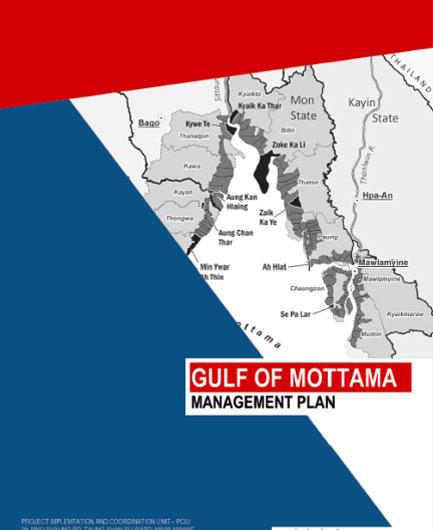The Gulf of Mottama (GoM) is one of the most important and unique intertidal wetland systems in the world. Because of this, it was declared a Ramsar site in 2017. It is home to important habitats, species of conservation concern, commercially important fisheries, and communities that rely on its natural resources. These resources and livelihoods face many threats. Fisheries stocks are declining. Migratory shorebirds face the risks of hunting and habitat degradation. Livelihood opportunities and access to services are limited for communities. Serious erosion along the western bank of the Gulf is destroying agricultural lands and displacing communities.
To protect the GoM’s natural resources and the well-being of its local communities, management must address ecosystems, livelihoods, and governance. The Government of Myanmar has recognized the importance of properly managing the GoM. Similarly, strong interest has been demonstrated by Mon State and Bago Region governments, coastal communities, local universities, the private sector, and local and international organizations. This is a significant opportunity to develop effective natural resource management for the Gulf.
This Gulf of Mottama Coastal Natural Resources Management Plan is a framework for the long-term management for the Gulf’s coastal natural resources. This Management Plan’s vision is: The unique biodiversity of the Gulf of Mottama is conserved and sustainably developed in order to benefit human communities that depend on it. Work toward this vision will be guided by three interlinked Outcomes:
Published By:
Published Date:
